Nature reports
Page 38 of 74 - 732 Results
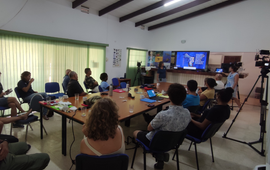
Between October 25th and 28th, Bonaire’s Mangrove Maniacs hosted their first Mangrove Restoration Workshop for the Dutch Caribbean. The goal was to provide a platform for researchers, conservationists, park authorities and anyone..
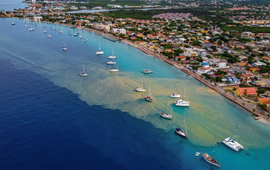
The Dutch Caribbean Nature Alliance (DCNA) expressed its concern to the Dutch Government about the lack of attention to the impacts of climate change in the Caribbean Netherlands. The Dutch Caribbean islands expect to face very..
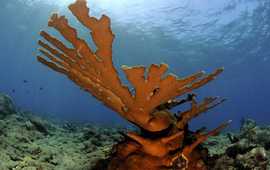
Researchers have crossbred elkhorn coral individuals from Florida and Puerto Rico with those of Curaçao using cryopreserved reproductive cells of elkhorn corals. It is an important first step towards creating more heat tolerant..
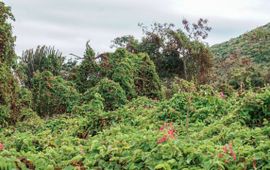
Coralita is an invasive plant species, that rapidly spreads across St. Eustatius. A recently published report highlighted the ability to use satellite imagery to systematically map Coralita’s distribution over the island. The..
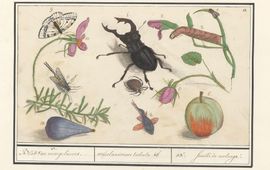
The beetle on the image above is a European stag beetle and the fruit at the bottom left is a fig - but which species of fish is that? This drawing is one in a series of several hundred drawings made and collected between 1596 and..
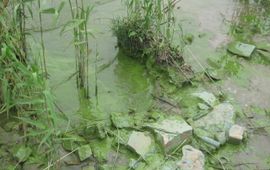
Will there ever be a Friesian Elfstedenstocht, or can we forget this? According to international research in Nature Geoscience, the chance is getting smaller. Globally, lakes are warming and ice days will decrease. “This warming..
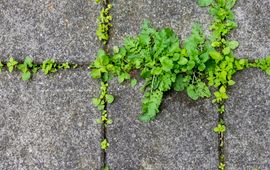
Slowly, urban planners are realizing the importance of plants, micro-organisms and animals in the city soil. In the Netherlands, the city of Amsterdam is leading the way. Their new book BiodiverCITY shows that they mean business...
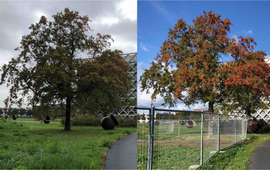
Autumn colours are now gradually appearing in nature. Years of time-lapse videos from the GrowApp show that leaf colouring starts relatively late this year in The Netherlands. Cause: the warm September and the absence of night..
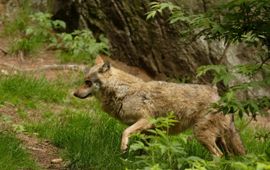
Wolves have returned to the Netherlands. Over the past few years, the animals have started passing through the Netherlands, with a number of them deciding to settle here. “It’s a unique situation,” says researcher Hugh Jansman...
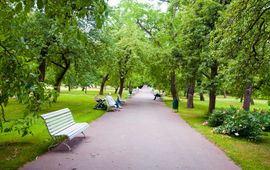
Green spaces are important to our mental health. With urbanisation on the rise, people living in cities have less access to green areas. At the same time, the number of Europeans with mental health issues has increased by sixteen..
